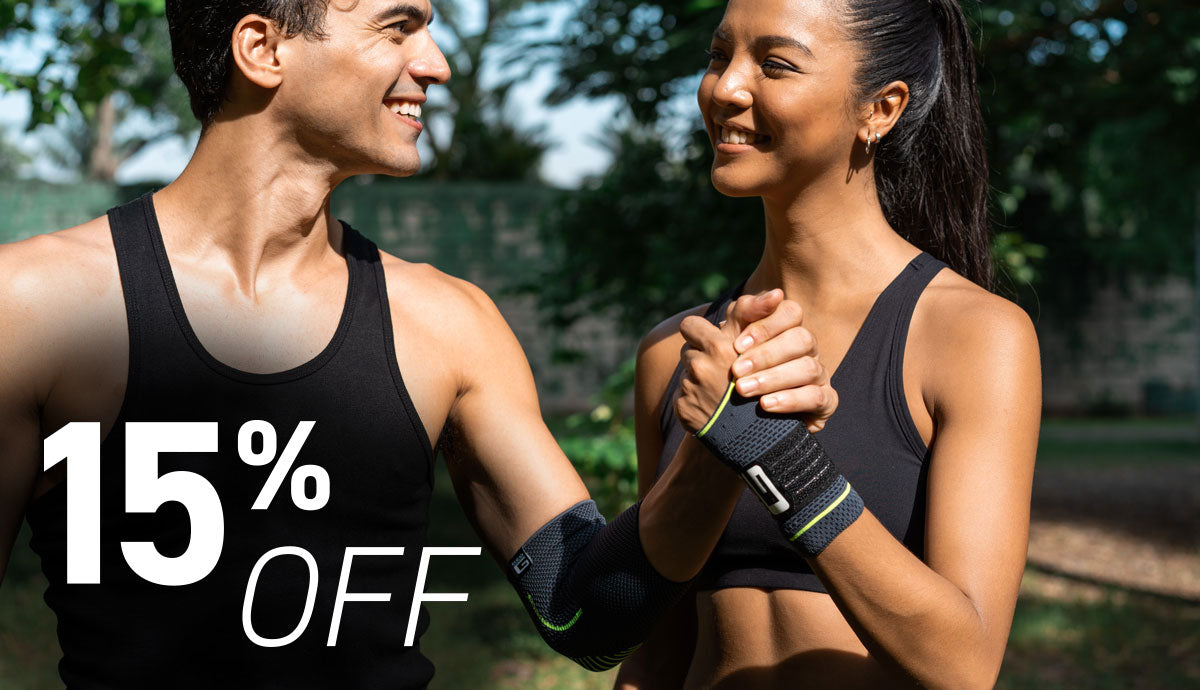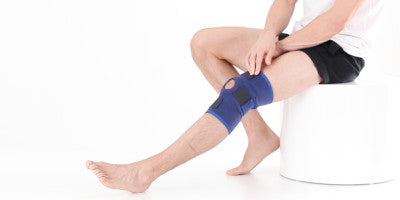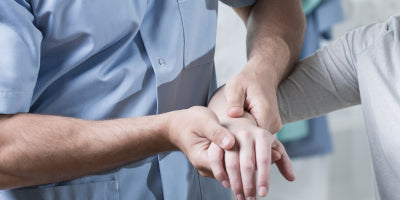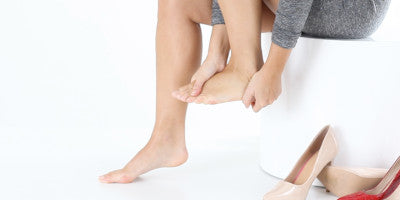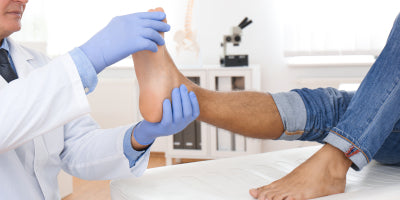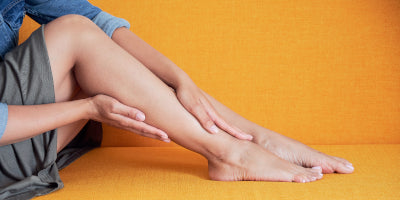The health benefits of golf and how to limit the risk of injury

Golf has grown in popularity since the start of the pandemic and with the exiting end to the 149th Open and the long summer days ahead, we're turning our attention to golf in our “Summer of Sport” mini-series – part 3!
What are the Key benefits to playing golf?

As well as a great way to socialise with friends, golf is an outdoor sport, which means you are exposed to lots of fresh air and if it’s sunny, Vitamin D. This helps to support your immune system and a full 18 holes of golf is the equivalent of a 3-5 mile walk!
One of the biggest benefits of golf is the impact on your cardiovascular system. By the end of a round of golf your body can have a full workout if you combine all the golf swings and the distance traveled between each shot. If you are carrying your clubs and not using a buggy, this will get the maximum benefit for you as you will have the added weight of the clubs being taken around the full course.
Golf is also great for improving concentration and training your brain and muscle memory connection. As you have a set target that you are aiming for on each hole, the game teaches you to work on accuracy, judgment of distance and to be creative depending on how you find your ball positioned after every shot. Hand-eye coordination is also improved as this is a key aspect of hitting the ball correctly.
How do I get into golf?

Golf is becoming more accessible to everyone with a big drive to get more women and children into the game over the last few years. As a starting point, find your local golf driving range, this way you can take your time without the pressure of holding others up and can see if you enjoy just hitting the ball. Some modern driving ranges will have installed extra technology that will monitor your swing monitoring your distances, but also allowing you to play games against your friends which can be a fun way to get the family involved.
Most courses will offer the ability to book a tee time as a visitor and pay to play. It’s always best to check with the golf club if there are any rules for attire before playing. Recently there has been an emergence of shorter par 3 courses which are ideal both for beginners as the distance is shorter to walk and usually the rules are more relaxed but also for experienced players to fine tune their game.
In the UK, each of the countries has its own organisation looking after amateur golf where more information can be found about getting into golf at all ages and where your local courses are. Here’s some useful information on how to get involved:
What are the potential injury risks?

As golf is a low impact sport, serious injury risk is extremely low compared to other sports, however there are few injuries that can occur. The most common injury is golfers elbow, similar to tennis elbow. Golfers elbow is caused by an inflammation to the tendons and muscles that surround the inside of the elbow joint. With the nature of how you swing a golf club, this area gets stretched during your swing and the repetition of the same swing over a sustained period can aggravate the area.
Other areas of the body that can be susceptible to injury are the wrists, knees and back with the most likely issue soft tissue strains. The position the wrists are in at the point of impact with the golf ball can leave them exposed to injuries especially if the ground is harder than expected as this will send forces up the golf club into your wrist and elbows. Similarly, if you are in heavy rough, the club can either stop quickly again causing the forces to travel up into your wrist, or get stuck in some of the grass and cause the golf club to twist which then leads to your wrists twisting.
How can I limit those risks?

Although the injury risks are low, there are things that can be done to minimise the risks. Firstly, before you play, try to use the correct equipment for your size and ability. This doesn’t mean getting custom fit for your golf clubs, but if you are particularly tall or short then you may find that you are getting into positions in your golf swing that are actually contributing to back pain issues. Similarly newer players to the game want to look for a more forgiving set of clubs to give you the biggest area possible to make contact with the ball correctly, this will help with wrist issues as anything hit off center of the golf club will be less likely to twist the club face.
Secondly, ensure that your bag is fitted correctly for you especially if you are carrying it around the course. Most bags will come with a carry strap that you put both arms through to try and evenly distribute the weight. Try not to have the bag too low down your back as the closer it is to the ground the more it will be arch your spine backwards.
Thirdly, warm up before you play. Taking some time before you start to do some gentle stretches and slower swings will get the body primed for hitting that 1st tee shot. Just rushing up and hitting that first shot with no warm up means you more likely to hit a bad shot and you may find your body tries to compensate and recruit other muscles to aid your swing putting stress on these weaker muscles.
You may do all these tips but still find that you are getting little issues, this is where using a support can be extremely beneficial. At Neo G we have a wide variety of supports that can be discrete but still offer you the support required without impacting your game.
The Neo G Airflow Elbow Support is a great breathable knitted support that offers compression to the elbow joint helping with any inflammation that may occur throughout the day or during the round. The slimline design means that it can be used under your clothing if required but also then will not impact your golf swing.
For any of the wrist issues you may suffer, Neo G has just launched the Active Wrist Support - a slimline and lightweight support combined with multi zone compression which is designed to help anyone suffering with weak, injured or arthritic wrists.
If you are suffering from golfers elbow, then the Tennis/Golf Elbow Strap is a great support to help with the symptoms of this. Although these supports are a little bulkier than the others mentioned, the added benefit of the silicone pads in them help with any vibrations that would be coming into the elbow region.
We hope you enjoyed reading this blog – stay tuned for the next Summer of Sport blog coming soon!
As with all information please check that it is relevant to your individual circumstances and if you are ever unsure check with a medical professional in charge of your care.
Our Active range of knitted supports provide a snug, yet flexible fit during sporting and occupational activities. Multi Zone Compression surrounds muscles and joints for targeted support and the multi-way stretch allows flexible and safe movement, providing comfortable support and reducing the likelihood of injury. The specialist breathable fabric helps control moisture during intense activities, whilst the slimline, lightweight design means it can easily be worn under clothes for everyday wear.
Our VCS range offers varying levels of support from mild to moderate to firm to provide optimum protection and stability. As a one size solution, these supports are fully adjustable to allow for a custom fit. In addition to this, the heat therapeutic neoprene helps to warm muscles and joints during exercise and rehabilitation, making the VCS range perfect for supporting instability during weights and gym training, as well as helping strains, sprains and weak, arthritic joints.
If its rest and recovery you need, our hot and cold therapy range offers just that. While heat therapy helps to target muscle and joint pain by relaxing muscles and improving blood flow, cold therapy works to tackle muscle swelling, soothing aches and pains.
Read more in our full Hot & Cold Therapy post.
